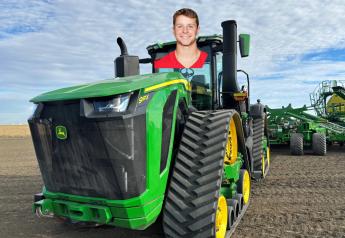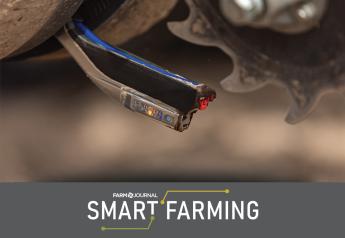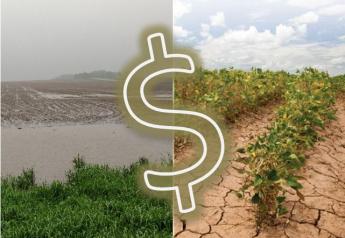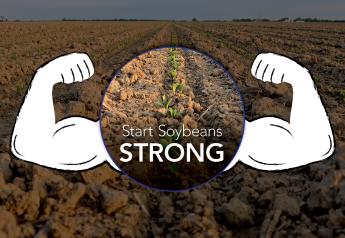Why Ag Retailers Offer Seed Treatment And Where To Begin

Many retailers find adding seed treatment services gives them differentiation from competitors. However, the abundance of choices on equipment and chemicals can be overwhelming.
Tracy Freeseman, account manager for Changing Times applicators, says the growth in seed treatment within the ag retail sector has been huge.
Changing Times originally produced seed treatment equipment especially for growers, but the demand for commercial equipment encouraged the company to expand their offerings.
A 2017 AgPro Retailer Survey showed in 2014, 65% of soybean seed and 50% of wheat seed were treated. By 2017 those numbers were projected to increase to 80% of soybeans and 75% of wheat. [To see company market share for seed treatments as well as a 100-year history, click here.]
According to Jaco Van Der Westhuizen, Eastern Corn Belt region seed manager for Nutrien, the drive in commercial seed treatments comes partly from growers’ demand for data.
“Today the farmer sitting in his combine asks you if you have the Echelon or Climate FieldView data ready,” Van Der Westhuizen says. “He’ll pull it up on his cell phone. Growers are buying into data because, how can they make decisions blindfolded, when these decisions affect their yields?”

Concerns from growers on seed treatment revolve around making sure they got the right amount of treatment on their seed. Many systems can show growers what, when and how much was treated alleviating these worries.
Outside of data, seed treatments also add value to growers financially.
“Every decision you make needs to show a return on that investment,” says Rick Smith, director of marketing for KSi. “Seed treatment every year has shown in the field, whether it’s protection from disease or boosters to help early root structure. An investment in seed treatment provides the ROI growers are looking for. When the ag retailer can provide that service with accurate equipment, that leads to more farmers looking to use that service.”
For ag retailers, these benefits allow one more point of differentiation from their competitors.
“There is a saying that if you own the seed acre, you own the customer,” Smith says. “It’s good business for ag retail locations to sell seed and offer that value. Ag retail locations that have embraced the latest seed treatment technology are providing a service to those growers that they have difficulty finding elsewhere or doing themselves.”
This differentiation in seed treatments, ultimately offers convenience says Freeseman.
“They’re looking at ways to offer their customers a more complete seed package, so the grower can worry less about doing those things,” Freeseman says. “Just picking it up treated and going and planting it saves time and effort.”

One issue many ag retailers have surrounding seed treatment services is the growth in DIY farmer treatments. This trend stems from a desire to reduce costs, but it can cost farmers more than they bargained for.
“The risk is that they aren’t handling their seed and treating as accurately, giving up stewardship practices that an ag retailer system provides,” Smith says. “Any ag retailer getting into seed treatment knows it is a valuable service that has shown to bring ROI for growers, but they have to go in showing those benefits of the system or they’re risking those farmers deciding they could do it on their own.”
For those looking to begin seed treatment services Van Der Westhuizen recommends looking at grower needs and finding the right equipment brands for you.
“You should never run your seed treatment strategy from a rebate strategy,” he says. “You’ve got to use sampling to find out pathogens, insects and nematodes. Retailers should utilize data to find out what’s taking yields away and buy products around grower needs to elevate grower experience.”
As far as choosing an equipment brand, Van Der Westhuizen says the search should start with customer service.
“It’s like the car market on sedans,” Van Der Westhuizen says. “You can’t buy a bad sedan. The quality is on the same level, and the equipment is like this. In 2018, the difference is in the service. You only have three to four weeks where you’ll be treating. Being down for a day might send a grower to a neighboring retailer, so service and maintenance is of crucial value to us.”
Although both retailers and equipment providers predict continued growth in seed treatment, looking forward, Van Der Westhuizen predicts growth in one area in particular.
“One thing we’ll see a growth in is on corn,” Van Der Westhuizen says. “There is more we can do to elevate growth. A lot of things affect it. As far as growth, we’ve got some products we’re thinking we’ll add. Corn might be the next frontier.”







